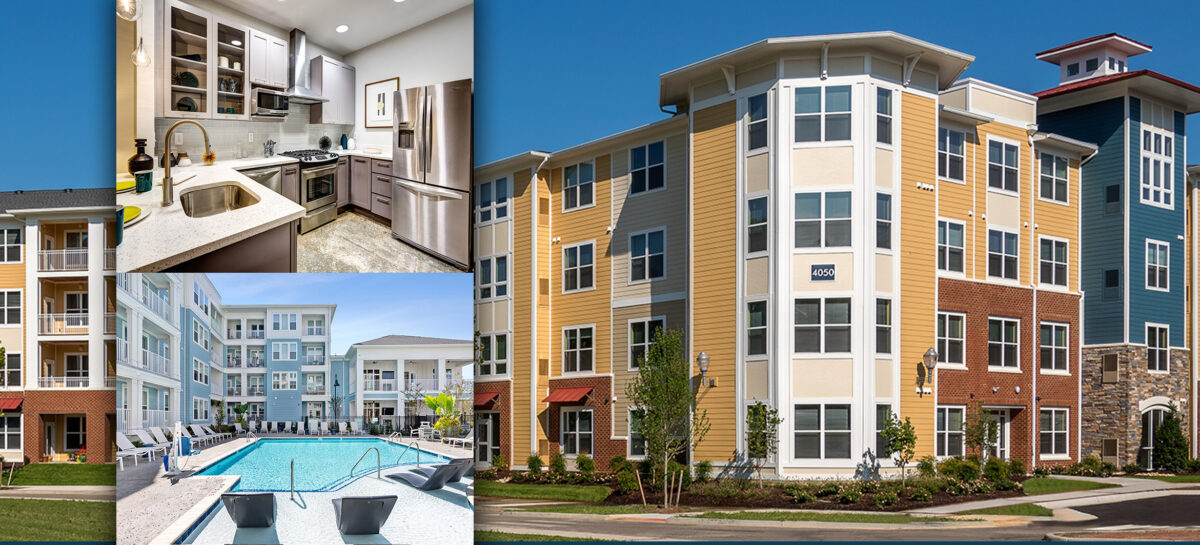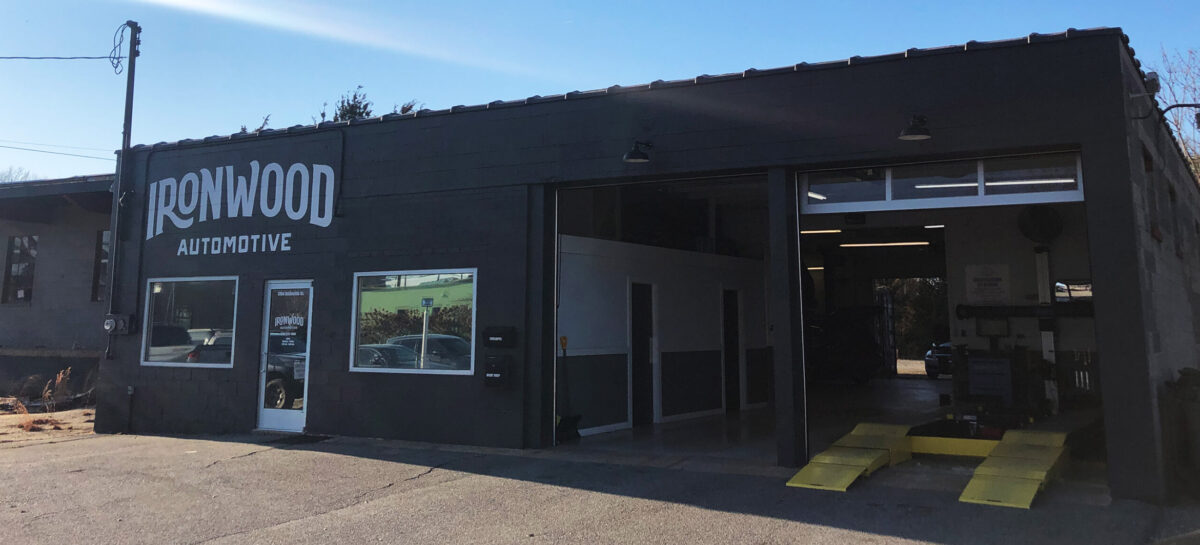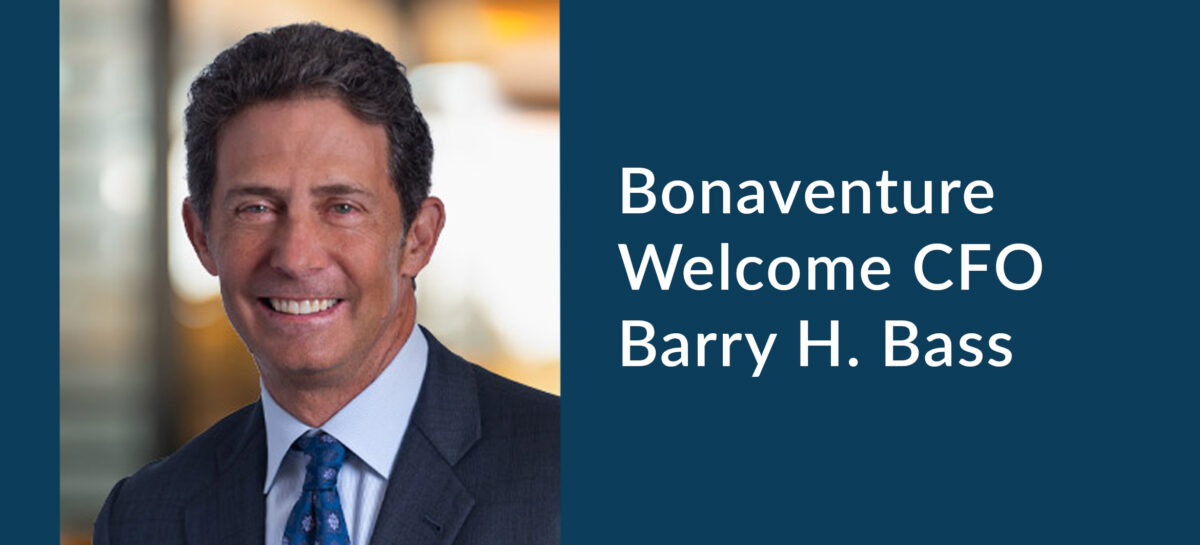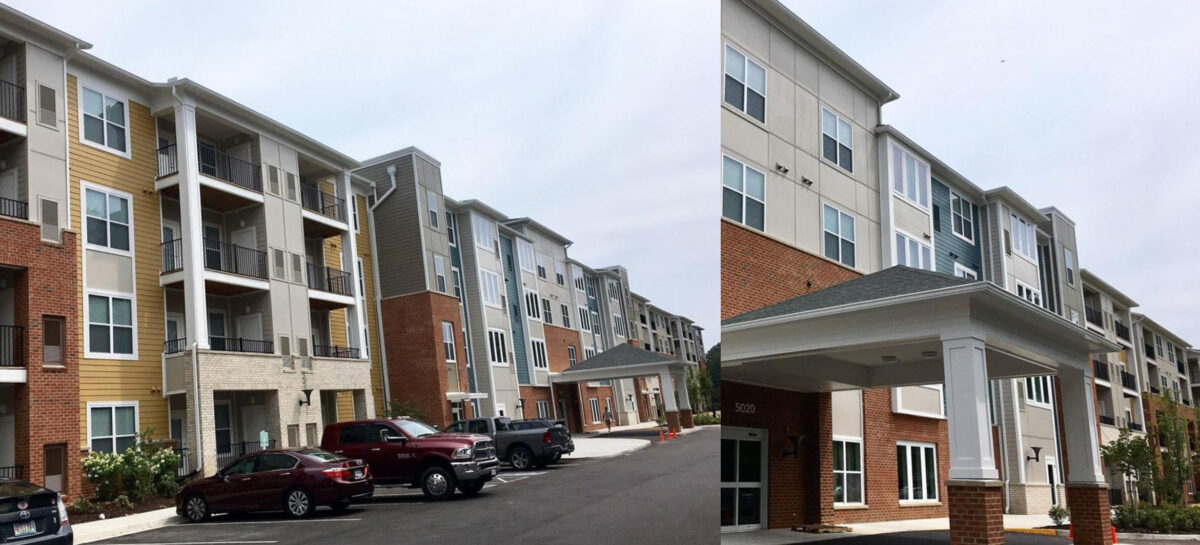In the News

The Growing Cost of Capital for Multifamily Development

June 29, 2022
Cost of capital for multifamily projects continues to increase and will likely get higher. But an offsetting reality is that demand for rental housing remains robust. Upshot: Smart developers taking appropriate levels of risk should continue to come out ahead.
Borrowing costs are 2 percent to 2.5 percent higher than a year ago, according to Kip Sowden, chairman & CEO of RREAF, which develops multifamily, hospitality and large-scale residential developments. The result is a situation not seen in years, in which cap rates have fallen below cost of debt. This impact should force some liquidity out of the market, putting pressure on cap rates to rise. But in fast-growing Sun Belt hot spots, huge population growth has created demand for multifamily housing far outstripping supply, propelling rental rates and leaving many long-time multifamily experts slack-jawed. This situation should keep cap rates low.
The current inflationary environment may create even greater migration to Texas and other Sun Belt areas. “Capital continues to be deployed in all things residential throughout Texas and most markets (in) the Southeast, so I believe these areas will be far more recession (resistant) than other parts of the country,” said Sowden.
Predictions differ on how much the Fed will raise interest rates. The rate of return on all assets is increasing, as is the risk premium for risk assets, due to uncertainties resulting from inflation, supply chain disruptions and future Fed direction. Of greater concern may be whether the Fed will aggressively shrink its balance sheet, yanking liquidity out of the system. Less cash will be available at any price. Available capital will be insufficient to fund all development projects.
“That will drive the deflation the Fed is trying to achieve,” said Dwight Dunton, founder & CEO of Bonaventure, a national company with a development focus on the Southeast.
On the equity side, cost of capital is not expected to rise until funds are raised with new expectations. But equity investors will likely grow more risk adverse immediately. Over the last two years, they’ve had to take on more risk to achieve the same returns. Now, an opposite approach—taking less risk for the same return— will likely be preferred.
Since most of the loans are floating rate, hikes in cost of capital are already ongoing. This will cause the entire capital stack or weighted average cost of capital to increase, and continue to increase throughout development periods as rate hikes continue.
While new starts have slowed, reasons may hinge less on capital costs than on different views of future stabilized asset values and what it will cost to reach those values.
The capital markets landscape has been substantially altered. Most capital providers are taking time to recalibrate.
“We are expecting partners to scrutinize the fundamentals of each investment opportunity more than they have recently,” said Kory Geans, managing partner & chief investment officer at Middleburg Communities, active throughout the Southeast. “They may be waiting to see the most recent sales of stabilized properties to confirm exit values in this current environment.”

Scott’s Addition Building Owners Get Quadruple Return After 3 Years

Real Estate Finance Veteran Joins Bonaventure as CFO
